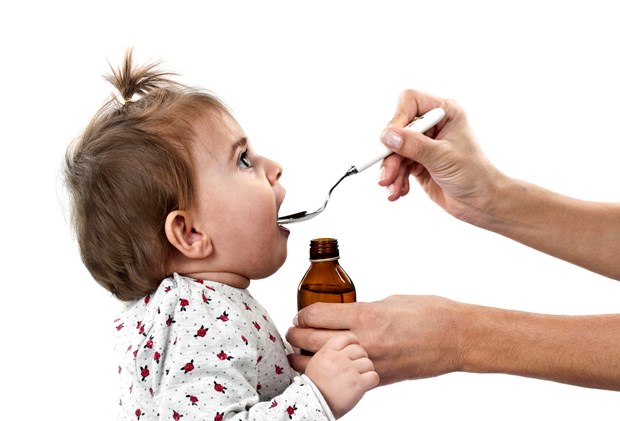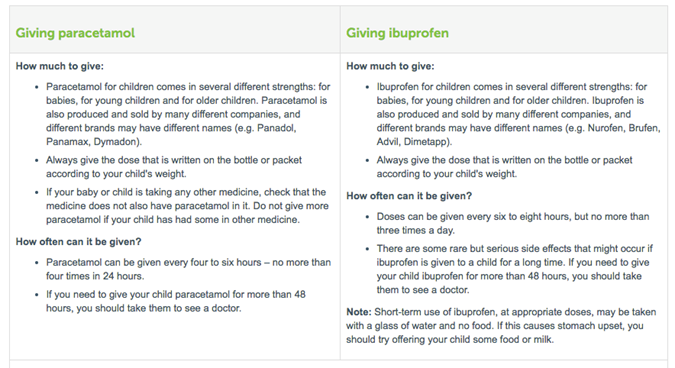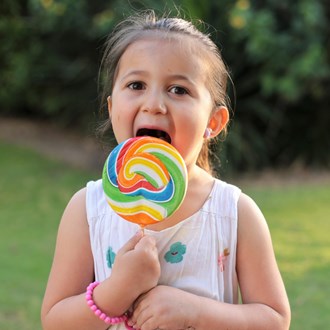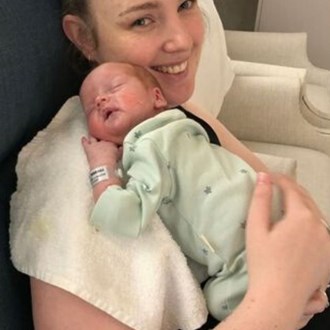Panadol Baby: Baby Panadol dosage & side effects

Everything you need to know
If you have babies or young children, chances are you have Children’s Panadol (paracetamol) in your medicine cabinet and use it to treat some of the many ailments that are part of childhood such as colds, fevers and earaches.
While paracetamol is generally safe to use on children and young babies, there are strict dosage guidelines that need to be followed to ensure your child’s safety.
Read on to find out more about Children’s Panadol, how to administer the correct dosage, guidelines for safely storing medicine, and using paracetamol in conjunction with other pain relief.

GETTY IMAGES
What can you use baby Panadol for?
Children’s Panadol is suitable for a wide range of minor symptoms, including fevers, teething, earaches, headaches and cold and flu symptoms.
Can a baby younger than 12 months use Panadol?
Yes, Children’s Panadol can be used from one month up to two years and is gentle on little tummies. Just make sure you use the formula that is made for children of this age.
What is the dosage for babies?
For a baby aged between one and three months, weighing between 4-6kg, the dosage is 0.6-0.9ml. For babies aged three to six months, weighing between 6-8kg, the dosage is 0.9-1.2ml. For babies aged six to 12 months and weighing between 8-10kg, the dosage is 1.2-1.5ml. And lastly, for babies aged one to two years, weighing 10-12kg, the dosage is 1.5-1.8ml. You can also check the handy chart below or use this dosage calculator.

panadol.com.au
The recommended dose for Children’s Panadol in children under 12 years is 15 milligrams of paracetamol for every 1kg body weight. Follow the dosage instructions on the bottle and do not exceed the recommended dose unless directed by your doctor. Also, do not give paracetamol to infants, children or adolescents for prolonged periods of time (more than 48 hours unless advised by a doctor).
Can a baby overdose on Panadol?
Paracetamol is safe and effective when taken as directed on the label. However, if taken either in overdose or in amounts that exceed the recommended dose for more than a few days, the unwanted effects can be severe, according to the Therapeutic Goods Administration (TGA). Paracetamol can be harmful to the liver if given in large doses and even fatal if not detected and treated early.
Associate Professor Madlen Gazarian, a consultant in Paediatric Clinical Pharmacology & Therapeutics and an Honorary Associate Professor at the University of NSW, has extensively researched the appropriate and safe use of medicines in children, including use of paracetamol.
She told the ABC that accidental harm from paracetamol is generally the result of a single large overdose or a number of doses that are slightly too high.
If you think you have given too much paracetamol (overdose), contact the Poisons Information Centre (phone 13 11 26) or your doctor, or go to the nearest hospital emergency department. Do this even if your child does not seem sick.
To prevent your child finding and taking medicine by accident, always store medicines out of reach of children and ideally keep them in a locked or child-proof cabinet. Keep tablets in foil wrapping until you are ready to administer them, and always leave the lid closed on bottles of paracetamol or ibuprofen.

Getty images
Can Panadol be used in conjunction with other medicines?
Paracetamol (Panadol) and ibuprofen (Nurofen) can be given alternately, or you can even give both at the same time, according to the Royal Children’s Hospital in Melbourne. If you do this, it can be easy to accidentally give too much of either medicine. Keep a diary of when you give each dose of paracetamol and ibuprofen so you don't give your child too much of either medicine. Here are some handy guidelines for administering both paracetamol and ibuprofen.

rch.org.au
What are the side effects of baby Panadol?
According to Health Direct, side effects from paracetamol are rare but include: allergic reaction, including a rash or swelling, rash, blood disorders, liver and kidney damage (when taken at higher than recommended doses). If you are at all concerned about side effects, see your doctor immediately.

Nicola Conville has worked as a journalist and editor for more than 20 years across a wide range of print and online publications. Her areas of expertise are parenting, health and travel. She has two children; Lucy, age eight, and Nathan, age five.








